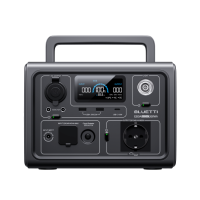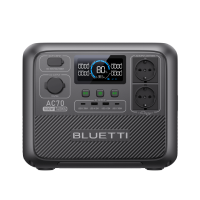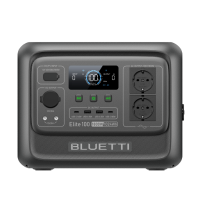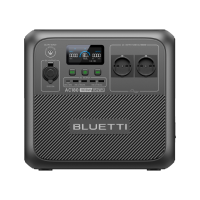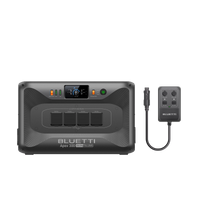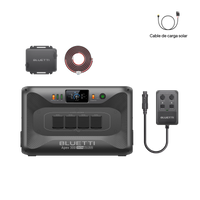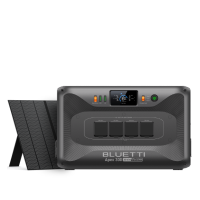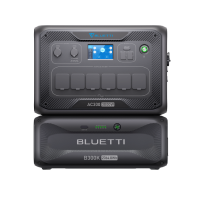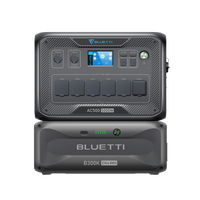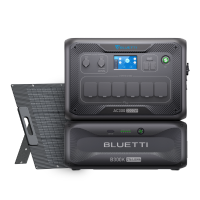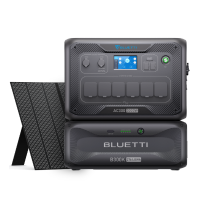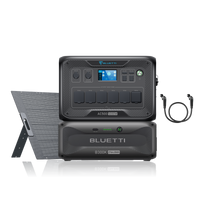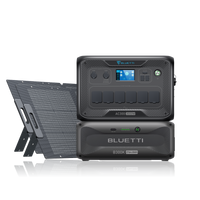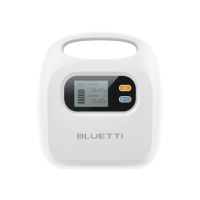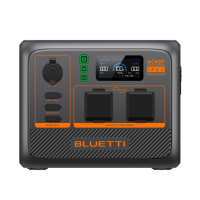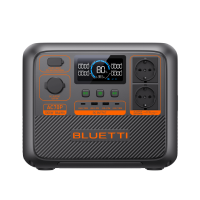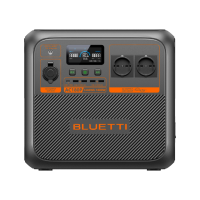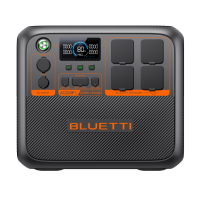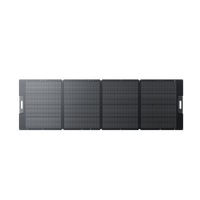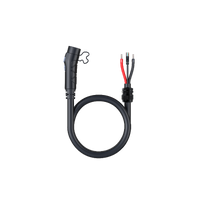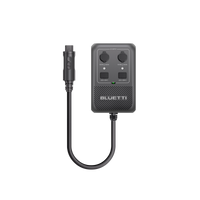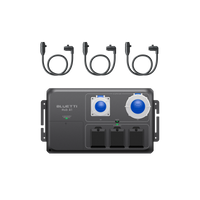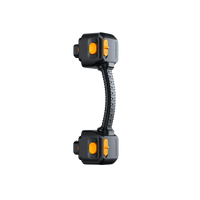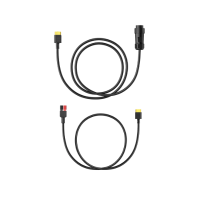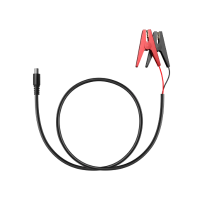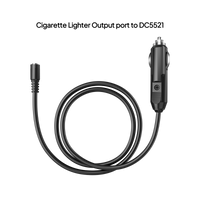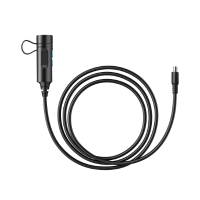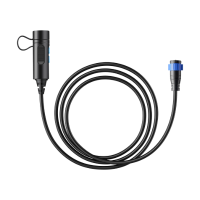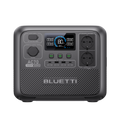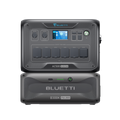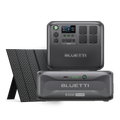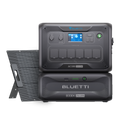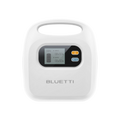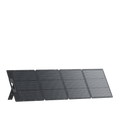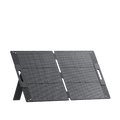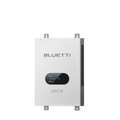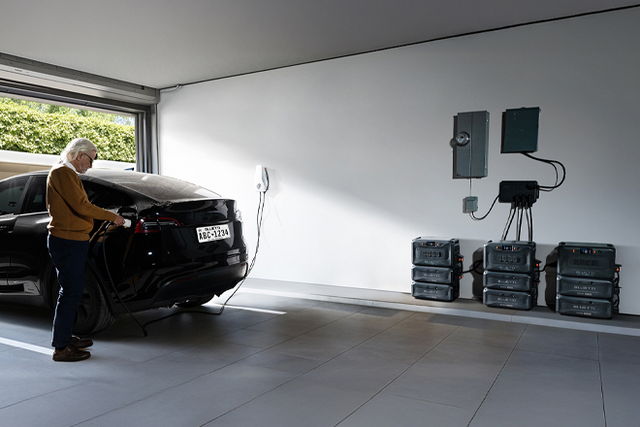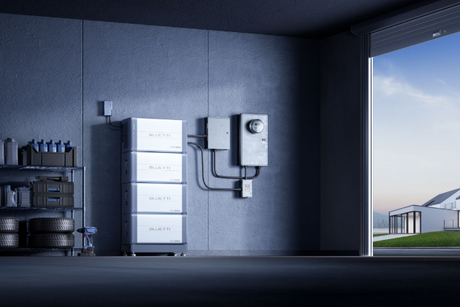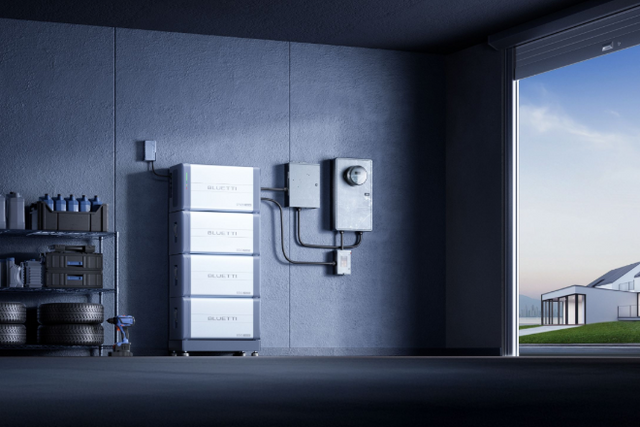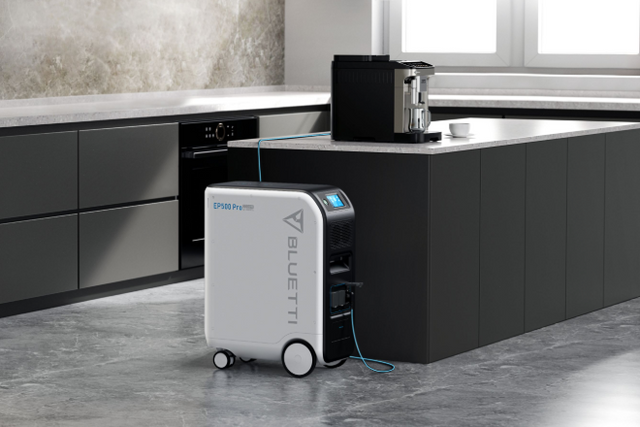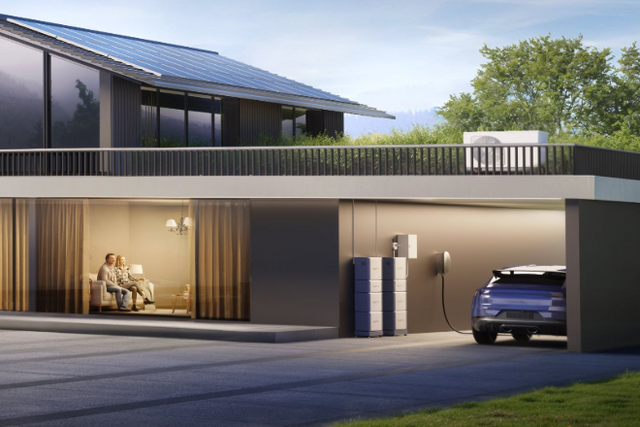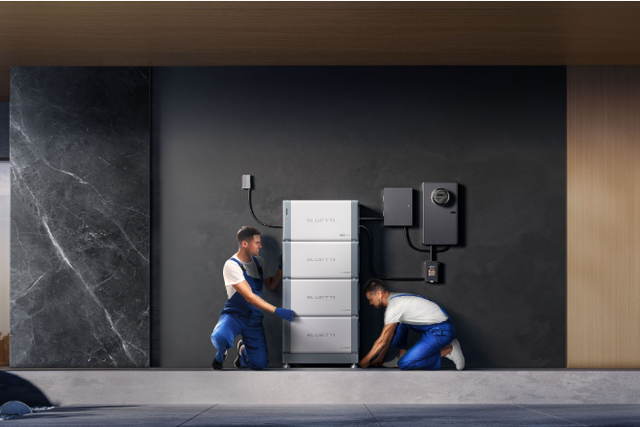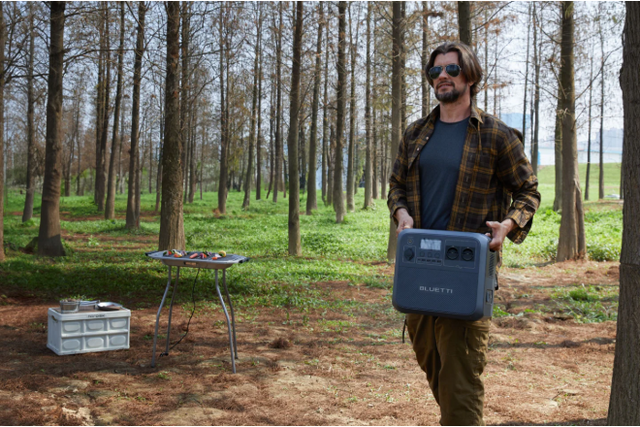With the panorama of more expensive electricity, we are sure that you will be interested in this new article in which we show you how to calculate your energy consumption. In fact, more and more people are becoming interested in topics that until now were completely forgotten, such as: the markets that regulate prices, the energy labels of household appliances, the meaning and difference between W , kW and kWh, etc. In short, the fashion now is to soak up any advice or information that helps us save on the electricity bill. For this reason, we wanted to prepare this article in which we will address the most important issues because in order to save you must first understand several important concepts.
For example, the first concepts you should master are those that appear on an invoice. If we do not start from that base, it will be impossible for you to save in the future. So that's a good starting point for this article.
Learn to read the electricity bill
As we said, the first step, and most important, is knowing how to read and interpret all the data that appears on an electricity bill. And it is that, based on all the data that usually appears there, they charge you one amount or another monthly. Therefore, if your goal is to save, it is essential that you understand what all the metrics and graphs that appear mean. That will be the only way to be able to make decisions to achieve the goal.
Two of the most popular concepts in this time of rising electricity prices have been the regulated market and the free market. And it is that these are the basis of any invoice. So it is important to understand them thoroughly. In this way, you will be able to know what type of market your bill is regulated by and whether or not it is convenient for you to change.
The first thing you should know is that not everything is a question of money, but that in each modality different variables affect .

Regulated market
On the one hand, the regulated market refers to the electricity and gas market that is regulated by the Government. This is achieved with the Reference Marketers, which are designated by the Ministry of Industry and are in charge of offering PVPC prices on their customers' electricity bills. There are currently 8 regulated market companies in Spain, among them, the best known are Energía XXI (Endesa) and CurEnergía (Iberdrola)
The most important characteristics of these regulated retailers is that they offer a Voluntary Price for Small Consumers (PVPC) therefore, prices vary every hour of the day and In addition, are the only ones that can offer a discount for the Social Bonus on the invoice.
Free market
On the other hand, the free market is one in which the marketers can set the price they want, under the conditions they want. In other words, they are companies that are not regulated by any institution. This means that they can have more flexibility and, for example, in times like this, offer and negotiate with their clients conditions and/or rates that best suit them.
Currently in Spain there are more than 400 electricity marketers in the free market among which you can find very competitive offers and prices. Until mid-2021 it was not common to be on the free market since they used to have more expensive prices compared to those on the regulated market. However, the tables have turned since inflation is a fact and free market traders have the possibility of making offers, plans or reaching agreements with their clients and, therefore, Therefore, finding a price at which both parties are winners.

Contracted power
Entering the concepts of the bill itself, we arrive at the contracted power reflected in terms of €/kW day, that is, euros per kilowatt day. This is a fixed concept that is applied to each bill regardless of your energy consumption. Normally the contracted power is calculated by the size of the apartment or house and the equipment of electrical appliances and appliances that you need to live. But, as always, these values are applied by default and you can customize them. Keep in mind that each retailer stipulates its own fixed power price.
Energy consumption
You will see the concept of energy consumption reflected in terms of €/kWh, that is, euros per kilowatt hour. Depending on the type of market your bill is in, that price per kWh will be one or the other. Remember that the regulated market price varies every hour and every day; On the other hand, the price of the free markets can be fixed or variable depending on the agreement you have reached with them.
Electricity tax and Value Added Tax (IEE and VAT)
Your invoice will also reflect the value of these two taxes that you cannot do anything about since they are established by the government. On the one hand, the IEE is 5.113% and the VAT is 21%.
History and evolution of electricity consumption
Finally, on your electricity bill you will also find the history and evolution of your consumption. These data are really important because they will give you detailed information about how your consumption has been throughout the month and year-

How to know how much electrical appliances consume
Knowing how to read your electric bill correctly can give you many clues about how to save, but in a complementary way, it is also very accurate to know how much your electrical appliances consume because By managing them well, you can also control the monthly bill.
There is no definitive answer on how much electrical appliances consume, since their consumption depends on many variables. From the use you give it, to the efficiency of the appliance itself.
The most important thing is to keep in mind that the mathematical calculation to know how much electrical appliances consume will be:
kWh/year divided by 365 days a year: kWh/day. Then the kWh/day multiplied by the price of electricity to know how much the appliance in question is costing us on a daily basis.
How much does a fridge consume
A while ago we dedicated an entire article to this appliance since, in fact, it is the one that consumes the most. Specifically, the consumption of the refrigerator can account for up to 55% of your total electricity bill. So this is an important variable to consider.
You can read in more detail the article in which we explain how to calculate the watts of a refrigerator for so you can get an idea of how much a fridge consumes.
But to summarize, the most important thing to take into account is the energy efficiency label so that you have the kWh/year data and thus be able to do the rest of the mathematical operation.
The most general data estimates that refrigerators consume between 250 and 350 W. But it is very important that you know that the better the energy efficiency, the better consumption-price ratio you will have.

How much does the ceramic hob consume
Ceramic hobs are one of the few household appliances that do not have an energy efficiency label. So you will have to go to the product manual to get the power data and be able to calculate your general energy consumption or, specifically, how much the ceramic hob consumes. They consume more or less 0.825 kWh, so in reality, it is a fairly economical appliance considering the basic and daily use that is given to it.
How much do LED lights consume
For many years we all know that LED bulbs are the most economical on the market and that we should all have LED bulbs and lights throughout the installation of our house to considerably reduce the bill and expense. And it is that on average these can suppose a minimum expense of 0.014kWh.
In conclusion, we have seen in this article many ways to calculate our energy consumption, which will help us make certain decisions in the future. For example, limiting the hours of use, changing appliances to more efficient ones, etc. You can even consider making a small initial investment for a solar system like the AC300+B300 Power Station with the PV350 solar panels from BLUETTI to start saving from day one on your utility bill light.




